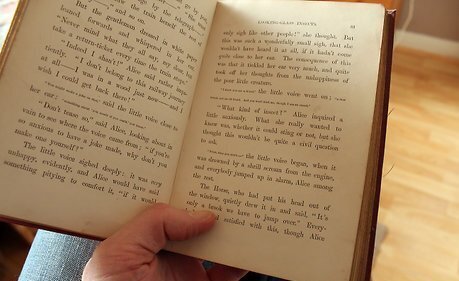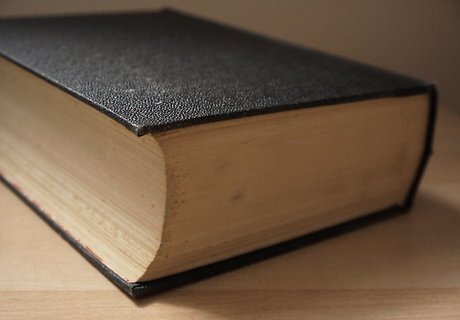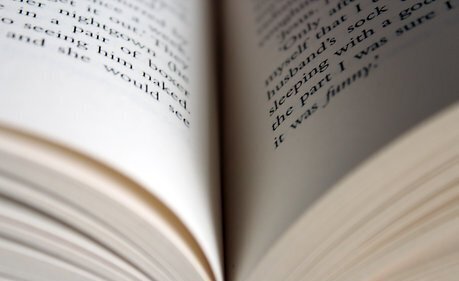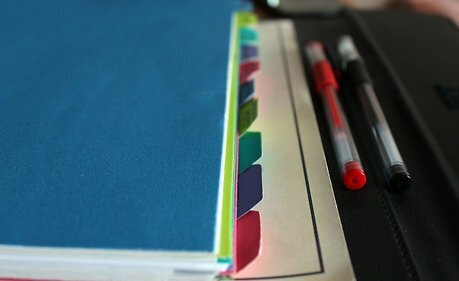
views
Take notes as you read.

Jot your ideas down as you work through the story. Analyzing fiction involves asking yourself a series of questions and possibly reviewing the material for content. Although most of the work with analyzing fiction is done through thought, notes are important if you plan to discuss or use the information.
Track the main events.

Get a grip on the plot of the story to understand what happens. This is called the plot. Ask yourself the following questions: What is the main series of the events that take place in the story? Are these events in chronological order or do they flash back or forward? What is the main conflict in the story? What is the turning point in the story? Plots can be unified, meaning they work in order with a beginning, middle or end. They can be episodic, held together through how they affect the protagonist. Plots can also be polyphonic, which means that smaller subplots are interwoven through the main plot to enhance the overall meaning of the events.
Identify the setting.

Where the story takes place can be an essential detail. Where does the story take place? What is the time period? How does the setting affect the story? Could the story be told in another setting? How does it affect the characters?
Note the point of view.

Who (or what) is narrating the story frames the events. This is an important step in analyzing the viewpoint from which the events and the setting are recounted to you. Is it a subjective or objective point of view? If the narrator uses the words "I" and "me" throughout the story, it is a first-person narrative. Is your protagonist narrating the book, or is it an observer of the events? Is the narrator reliable or unreliable? Is the character aware of narrating the book? If the narrator only uses "I" and "me" in dialog, then it is likely a third-person narrative. Choose whether the third-person is omniscient, all-knowing of the events, or if it is limited, or told from perspective of 1 character.
Assess the characters.

You may want to track a list of all the characters in the story. Which character changes most during the plot? This is called the protagonist. Who causes the change in the character? This is called the antagonist. What do the appearance, actions and dialog tell you about their interests and beliefs? Although the antagonist is sometimes called the villain, there is not always a good guy and a bad guy in a story.
Establish the themes.

The theme is the main idea of the story, or the unifying concept. There can be a number of themes in a story. Which theme do you see as the most important? Take a look at the book in a larger context. What does the story's theme say about the world, human experience or human values? What was the author trying to convey? Themes are highly subjective.
Dig into key passages.

Look at the nitty gritty of the essential portions of the book. What imagery does the author use? This is easiest to identify if you take notes throughout reading or watching the story since it can be a chapter or just a few words. In what places does the author evoke your senses: touch, taste, smell, sight and hearing?
Break down any symbols.

Not every story will have symbolism, but a lot of fiction will. Symbolism means the use of objects, people or elements of the story to represent something else. They often represent subjective concepts, like greed, wisdom or motherhood. For example, the use of the color green throughout a stockbroker's office could represent hidden greed in the character. A fox can represent trickery or stealth. Do any of the characters symbolize something? Is the setting symbolic? Symbolism is easier to spot the second time you watch or read a story, when you are already aware of the general events of the story and can focus on the underlying meaning.
Identify the style and tone.

Rhetorical flourishes and mood-setting decisions are key. Is it formal or informal? Does the narrator make you laugh or feel sad? The ways in which sentences and chapters are structured can have a large effect on how you respond to the story.
Note any key rhetorical devices.

Figurative language is a signal from the author that you should pay attention. Figurative language is similar to imagery and symbolism. It is a way that the author uses words to mean more than 1 thing. The most common ways to do this are through simile, metaphor and personification. Simile is to compare something using the words "like" or "as." Metaphor compares to things without using "like" or "as." Personification is using human qualities to describe inanimate things. An example of a simile is: the tree branches are like my mother's hair. An example of metaphor is: trees are tangled strands of hair. An example of personification is: the silky branches were braided together.
Look at your notes holistically.

Take everything you’ve observed together to get a full picture. If you are writing an analysis, you may want to choose elements to write about or dwell on some more than others.


















Comments
0 comment